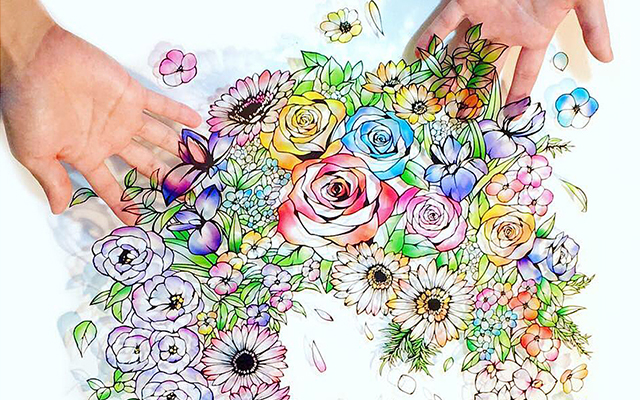
Source: Jun (@jun_cutout)
Japanese Paper Artist Jun’s Exquisitely Colorful Cutouts Inspired By The Language Of Flowers
- Source:
- @jun_cutout
- Tags:
- floriography / flower language / Flowers / Jun / Kirie / Paper Art / paper cutouts / paper cutting
Related Article
-
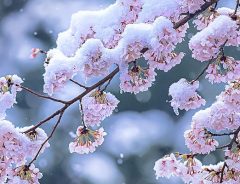
Photographers Are Sharing The Beautiful Snowy End To A Special Cherry Blossom Season In Japan
-

Talented Japanese paper cutout artist creates incredibly realistic glassware and plastic bottles
-
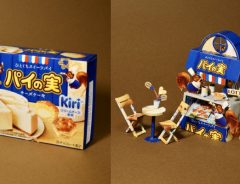
Japanese paper artist turns box of sweets into Studio Ghibli-esque squirrel run bakery
-
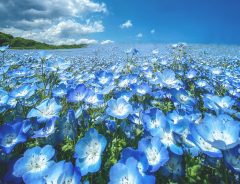
One shot of Japan’s sea of nemophilas that will give you goosebumps
-
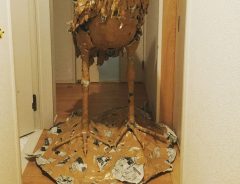
Incredible newspaper artist shows how scary a shoebill stork can be
-
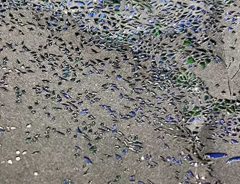
Grey pockmarked sheet of paper revealed to be a stunningly colorful work of art when lifted up


While not unique to Japan, the art of paper cutting, known as kirie 切り絵 (literally "cut images") in Japanese, has been practiced as early as the Nara Period (710-794). One of the earliest examples was in a ritual which exists to this day in Takayama, Gifu Prefecture. The art form spread more widely after it was picked up by kimono dyers who used cutouts to create patterns.
In recent years, Japanese kirie artists have become more noticed both at home and abroad for their outstanding artistry and intricate designs. For example, we previously introduced Masayo Fukuda's octopus kirie cut out from a single sheet of paper, and Shinobu Ohashi who creates intricate kirie based on Western and Japanese literature.
Kirie Artist Jun
Kirie artist Jun has put his own unique twist on the art form, drawing inspiration from hanakotoba 花言葉, the "language of flowers," to create exquisitely colored floral themed cut outs which almost look like stained glass.
With the gracious permission of the artist, we have reproduced a few images of his work below. Jun's titles feature the name of the flower, sometimes followed by a subtitle conveying a theme, and finally, the established floriographical meaning associated with the flower.
Wisteria. "Welcome"
As Jun explained on his Instagram account, this piece represents a gentle and tolerant attitude towards welcoming foreigners to Japan. The fronds of the hanging wisteria are positioned in the form of an open gate.
With permission from Jun (@jun_cutout)
Hydrangea. "Family Harmony"
Jun has combined a native Japanese variety of hydrangea with a Western variety. In his Tweet introducing the piece, he explains: "Just like the floriographical meaning, I present these hydrangeas as family members. I think you will feel more depth in this piece if you contemplate it while thinking about your feelings and your family members."
With permission from Jun (@jun_cutout)
Baby blue eyes. "Cute"
Nemophila means "woodland-loving" in its Latin etymology. Therefore, according to Jun, he composed the piece so that the flowers would take the shape of a little forest grove.
With permission from Jun (@jun_cutout)
Freesia. Ballroom Dance. "Innocence"
The subtitle, 華交ダンス in Japanese, is an original play on words, replacing the first kanji in the word 社交ダンス, meaning social dancing (ballroom dancing), with the kanji for flower 華. Therefore, as Jun explains, they look like a couple in mid-dance.
With permission from Jun (@jun_cutout)
Gloriosa. "Glory"
June explains that Gloriosa resembles a crown. Both through its resplendent colors and its presence, it has a regal air. At the same time, it cannot exist without the leaves supporting it. In other words, this piece expresses the idea that we cannot exist in isolation and we need each other's support.
With permission from Jun (@jun_cutout)
Monstera: "Deep relations"
As Jun explains, this piece represents the strength of two life-forces reaching out to help each other and building a strong relationship through that experience.
With permission from Jun (@jun_cutout)
"Draped in Celebration"
This piece has special meaning for Jun. According to his Tweet, the monochrome part in the center represents sadness bottled up within, but they are surrounded by gentle and happy feelings. Thus, Jun hopes that this work will cheer up the viewers as if they were looking at a rainbow.
With permission from Jun (@jun_cutout)
Fireworks of Confession. "Excuse"
It may seem odd that fireworks should have their own established floriographical meaning, but in Japanese, fireworks are called hanabi 花火, which literally means "flower fire." The meaning comes from the romantic notion that fireworks can provide people with an excuse to invite and spend time with someone they like, and perhaps, after enjoying the colorful blooms lighting up the night sky, to confess their love.
With permission from Jun (@jun_cutout)
Rainbow Rose: "Miracle, Infinite Possibility"
As Jun explains, this is his collaboration with artist Marina Ishide, with whom he exhibited his works earlier this year. On the left, Jun's rainbow rose, on the right, Marina Ishide's illustration which he cut into the form of a rose to match it. Thus, just like the rainbow rose itself, this collaboration represents a miraculous meeting which he hopes conveys to the viewer the sense of infinite possibilities.
With permission from Jun (@jun_cutout)
Upcoming Exhibitions
If you would like to enjoy Jun's artwork in person and happen to be in the vicinity of Morioka next week, you won't want to miss the following opportunity, a reprise of last year's successful two-person exhibition with flower artist Misato Oikawa, held inside a historic Western-style landmark building.
Kirie Artist Jun